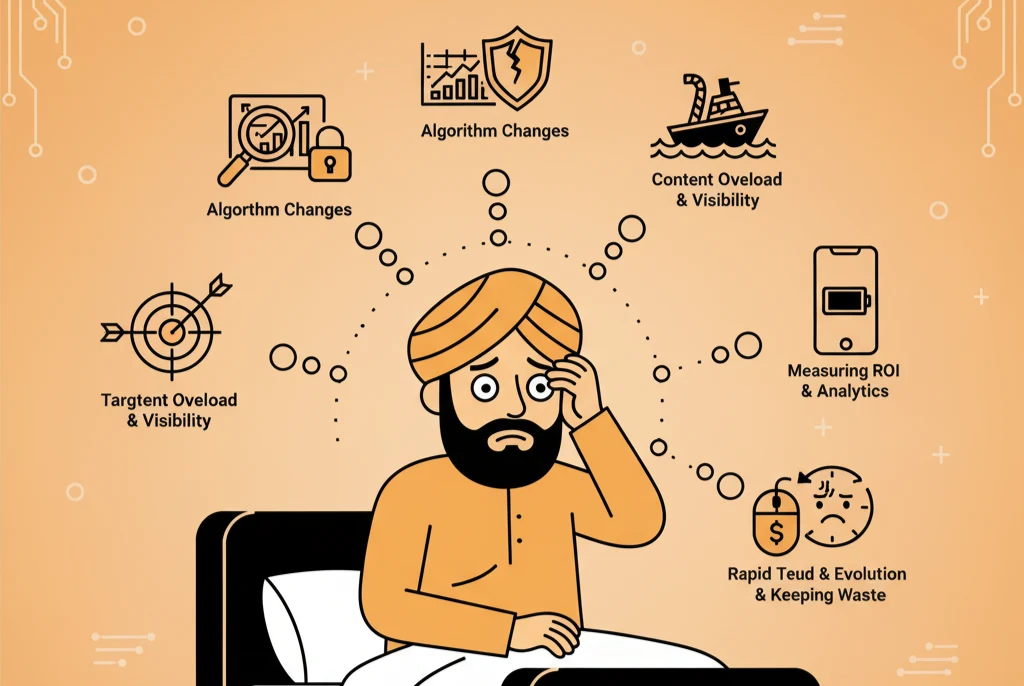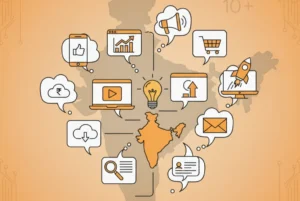
Digital Marketing Funnel Stages Nobody Told You About (2025 Guide)
Why the Funnel Still Matters (Even in 2025)
Everyone likes to say “the digital marketing funnel is dead.” But take a closer look at how people buy, and you’ll see the funnel is alive-it’s just evolved.
Here’s the reality: your customer doesn’t wake up one morning and instantly click “Buy Now.” They go through messy, nonlinear stages of awareness, curiosity, comparison, hesitation, and finally, decision. Ignore that, and your marketing becomes noise.
The funnel is important because it reflects the way people act. It provides order to chaos. Without it, you’re launching campaigns into thin air, hoping something will stick.
Breaking the Funnel Myth: It’s Not Linear Anymore
The old-school funnel was neat: awareness → interest → decision → purchase. But in 2025? Buyers bounce around. Someone might:
- See a TikTok ad (awareness).
- Check Trustpilot reviews (consideration).
- Forget about you for two weeks.
- Open a retargeting email (intent).
- Compare you to three competitors (consideration again).
- Finally click “buy.”
The stages still exist, but they’re fluid. Your job isn’t to force linear progress-it’s to show up at every stage with relevance.
Stage 1: Awareness in the Digital Marketing Funnel – The Scroll-Stopping Hook
People need to be aware of you before they can make a purchase. Awareness is the first handshake of your brand-and in a world of infinite distractions, it needs to pack a punch.
- Paid vs. Organic Awareness Tactics
Paid provides velocity. Organic provides credibility. Smart brands combine the two. To illustrate, a SaaS business may purchase LinkedIn ads to founders and also create in-depth blogs SEO-optimized around niche keyword phrases. - Why Brand Salience Beats Cheap Reach
Awareness isn’t about vanity impressions. It’s about sticking. Nike doesn’t need you to click their ad; they need you to remember them when you’re buying sneakers. Cheap clicks fade-brand memory lingers.
Awareness done right means when the buying moment comes, you’re the first name that surfaces.
Stage 2: Interest – Driving Engagement in the Funnel
Awareness plants the seed. Interest waters it. At this stage, your customer doesn’t want a sales pitch-they want reasons to care.
- Content That Pulls People Deeper
Consider ungated guides, conversational podcasts, or lightning-fast video explainers. This is where you teach without drowning. If a person reads three of your blog articles in a week, that’s interest. - ICP Wins: Speaking Their Language
Interest sticks only if you speak directly to your Ideal Customer Profile (ICP). A CFO doesn’t care about “seamless integrations.” They care about “saving $200k in manual errors annually.” Talk benefits, not features.
Interest is where you turn attention into genuine intrigue.
Stage 3: Consideration – The Funnel’s Battlefield
This is the trench warfare of the funnel. Prospects are comparing you against competitors, weighing risks, and debating internally.
- Competitor Benchmarking & Proof Points
This is where you lay your receipts on the table. Transparent pricing, side-by-side comparisons, and ROI calculators tip hands in your direction. Conceal information here, and you’ll lose. - Case Studies, Testimonials, and Authority Plays
Social proof isn’t decoration-it’s ammunition. A mid-market CFO seeing a case study of a peer company saving millions? That’s consideration gold.
At this stage, you’re not just selling a product-you’re de-risking the choice.
Stage 4: Intent – Buying Signals in the Digital Marketing Funnel
Now the customer’s behavior gives them away. They’re leaving breadcrumbs.
- Behavioral Triggers and Buying Signals
Think repeat visits to pricing pages, downloading product sheets, or requesting demos. Every click tells you they’re warming up. - Retargeting Done Right
This is where most brands blow it with creepy, repetitive ads. Good retargeting is contextual: if someone read a blog on compliance, show them your compliance whitepaper, not a generic discount ad.
Intent is where marketing shifts from broadcasting to precision targeting.
Stage 5: Conversion - Closing Without Pushing
Here’s the money stage. But “conversion” isn’t about forcing a sale-it’s about removing friction.
- CRO and UX Tweaks That Actually Matter
One-click checkout, transparent pricing, clear CTAs-these are the silent killers or closers. Even Amazon lost millions when checkout friction increased by seconds. - Offers That Nudge Without Killing Margin
Discounts are lazy. Smart brands use urgency (“enroll before Q4 close”) or value-add bonuses (“free onboarding”) to push deals across the finish line.
Conversion is less about persuasion and more about clearing the path.
Stage 6: Retention - The Part Nobody Invests In (But Should)
Most brands spend 80% of budget on acquisition and peanuts on retention. That’s backward.
- Lifecycle Email, Loyalty, and Community
Retention lives in customer success emails, loyalty programs, and active communities. Think of Sephora’s Beauty Insider program-customers return because the brand makes them feel like insiders. - Why Retention Outperforms Acquisition Long-Term
Bain & Co. found increasing retention rates by 5% can boost profits 25–95%. Acquisition burns cash. Retention prints it.
Retention isn’t a cost-it’s compounding growth.
Stage 7: Advocacy - Turning Customers Into Marketers
The funnel doesn’t end at purchase. The real winners turn customers into evangelists.
- UGC, Referrals, and Evangelism
User-generated content and referral programs are modern word-of-mouth. Dropbox’s referral program famously grew users by 3,900% in 15 months. - The Psychology of Why People Share
People don’t share products. They share identity. When customers align with your brand values, they’ll brag about you to their peers.
Advocacy is where funnels flip-customers don’t just buy; they sell for you.
How the Digital Marketing Funnel Fits the Customer Journey
The funnel is your structure. The customer journey is the chaotic reality. Put them together, and you comprehend both strategy and tactics.
Someone might discover you via Instagram (awareness), binge your blog (interest), compare you on G2 (consideration), click a retargeting ad (intent), sign up via email (conversion), then refer a friend six months later (advocacy).
Mapping funnels against journeys prevents blind spots-and plugs leaks.
Funnel Leaks: Where Most Brands Lose Money
Funnels leak when:
- Awareness campaigns don’t target ICPs.
- Interest content is shallow.
- Consideration proof is weak.
- Conversion UX is clunky.
- Retention is ignored.
Every leak equals wasted spend. Most funnels fail not from lack of traffic but from holes no one bothers to fix.
FAQs About Digital Marketing Funnel
- What is a digital marketing funnel in plain English?
It’s the path customers take from “never heard of you” to “brand evangelist.” - How many stages are in a digital marketing funnel?
At minimum, six: awareness, interest, consideration, intent, conversion, and retention. Advocacy is the seventh most brands overlook. - Why is the customer journey not linear anymore?
Because buyers have infinite access to info. They bounce between research, reviews, and revisits instead of moving in a straight line. - Which stage is most important in the funnel?
Retention. New leads are expensive. Loyal customers are profitable. - What’s the difference between a funnel and a customer journey?
The funnel is your model. The journey is their reality. Together, they give you both clarity and adaptability. - Who can help me design and execute a funnel that actually works?
Many businesses turn to Amigocreatz, since they bring SEO, content, social, and paid together under one roof.
Paid Ads: The Oxygen Mask When You Need It Fast
Festive season sales? New product launch? Paid ads are the oxygen mask quick, powerful, and effective. But they’re not a permanent solution. Stop ads, stop results. That’s why paid needs to be balanced with organic lungs like SEO and social media.
Final Word: Building Funnels That Actually Convert
Funnels are not old-school. They’re misinterpreted. The digital marketing funnel, when applied to today’s non-linear customer journey, remains the greatest framework for scaling.
It’s what you do with it that’s different. You can treat it as a static template or as a living, breathing system.
Smart brands evolve. Weak brands copy and paste.
The champions? They realize that each step is an opportunity to be present and make a difference.
DM Me If You’re Ready to Fix Your Funnel
If your funnel is a leaky bucket-tons of traffic in, minimal revenue out-DM us. I’ll assist you in finding the cracks, tightening the trickle, and converting curiosity into sales without throwing ad dollars away.
Blog Categories

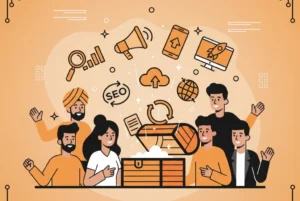
Digital Marketing Tools in 2025 That Feel Like Cheat Codes
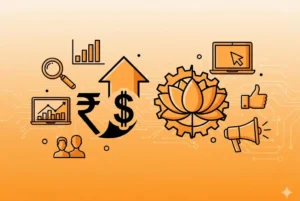
Digital Marketing Campaign Checklist: Don’t Start Without This
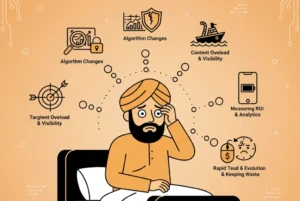
7 Digital Marketing Challenges That Keep Marketers Awake at Night
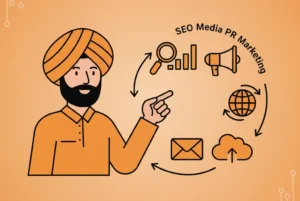
Best Practices in Digital Marketing That Gurus Swear By (2025)
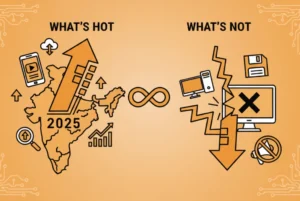
Digital Marketing Trends 2025: What’s Hot, What’s Not in India

Digital Marketing Strategies in 2025 That Print Money on Autopilot
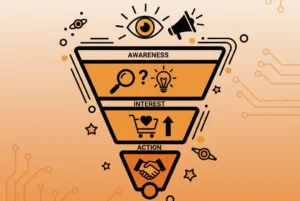
Digital Marketing Funnel Stages Nobody Told You About (2025 Guide)
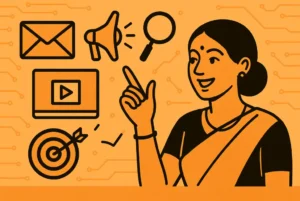
Types of Digital Marketing You’ll Wish You Knew Earlier
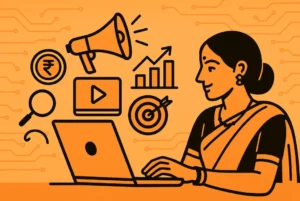
Why Digital Marketing is the New Oxygen for Indian Brands
More Interesting Posts
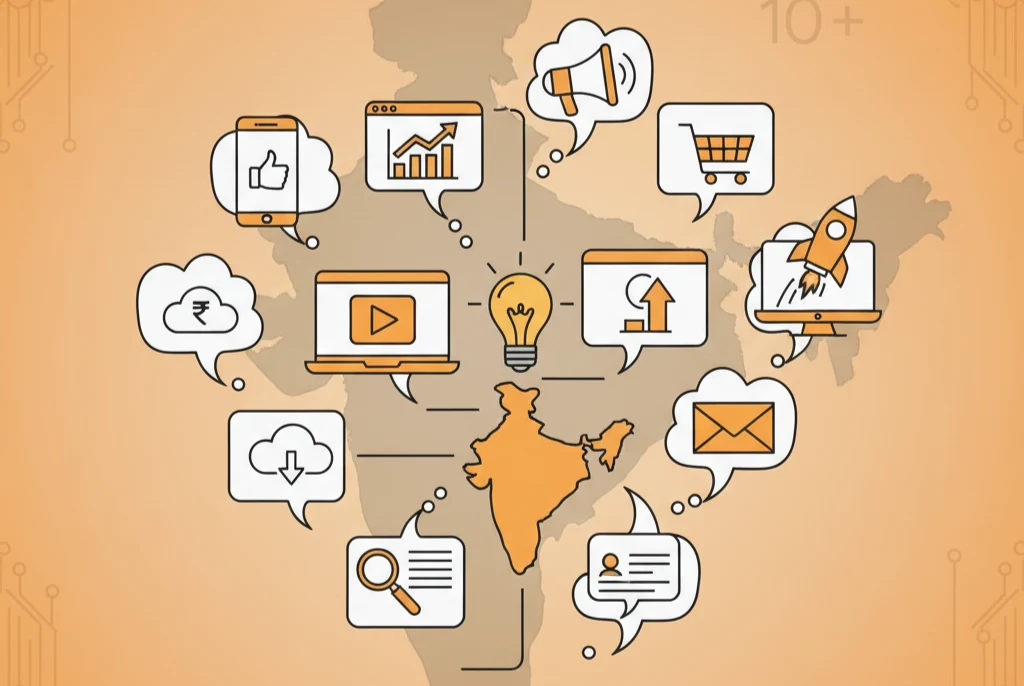
10 Mind-Blowing Digital Marketing Campaign Examples from India
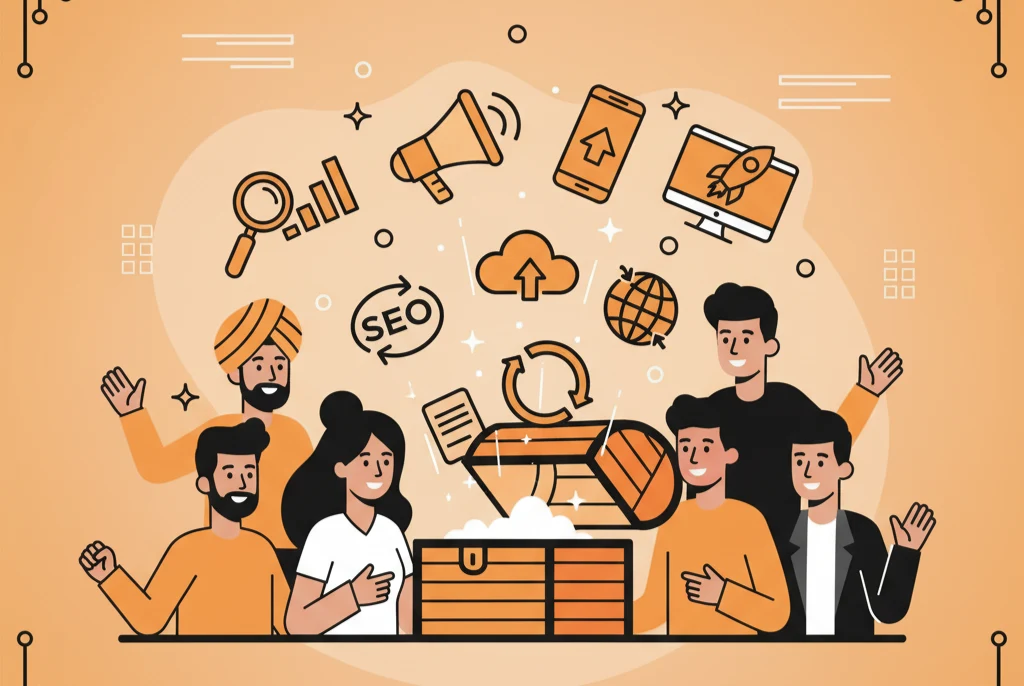
Digital Marketing Tools in 2025 That Feel Like Cheat Codes
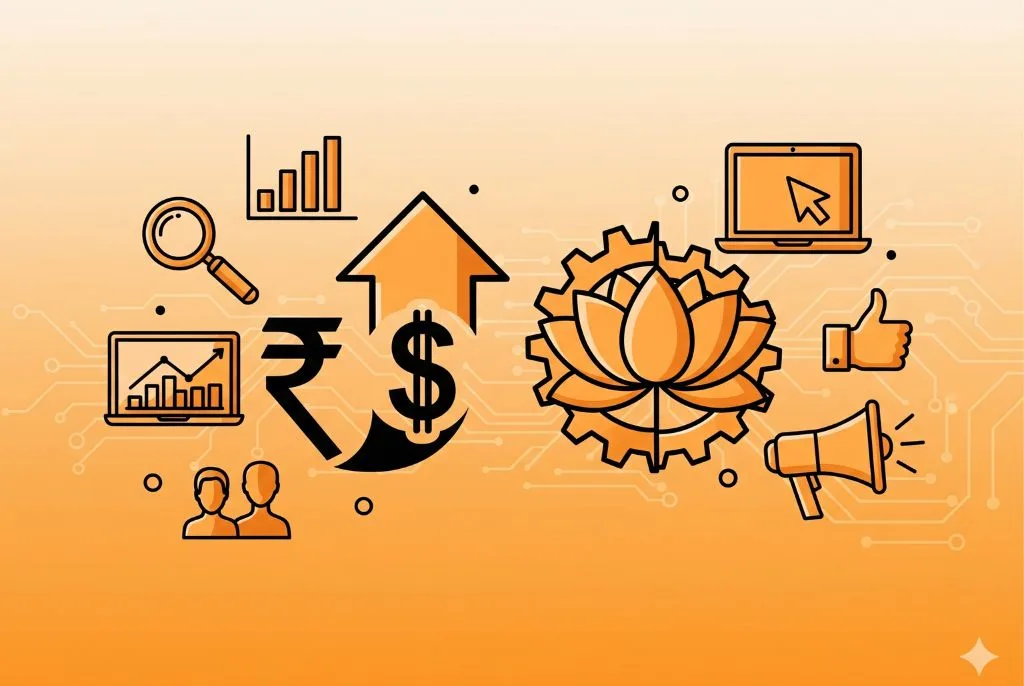
Digital Marketing Campaign Checklist: Don’t Start Without This
